Having the opportunity to visit Bay Nui to experience the legends associated with the culture of the community of three ethnic groups: Kinh, Hoa, Khmer, surely many tourists will be captivated by the Ca tum cake, unique in form and profound in meaning...
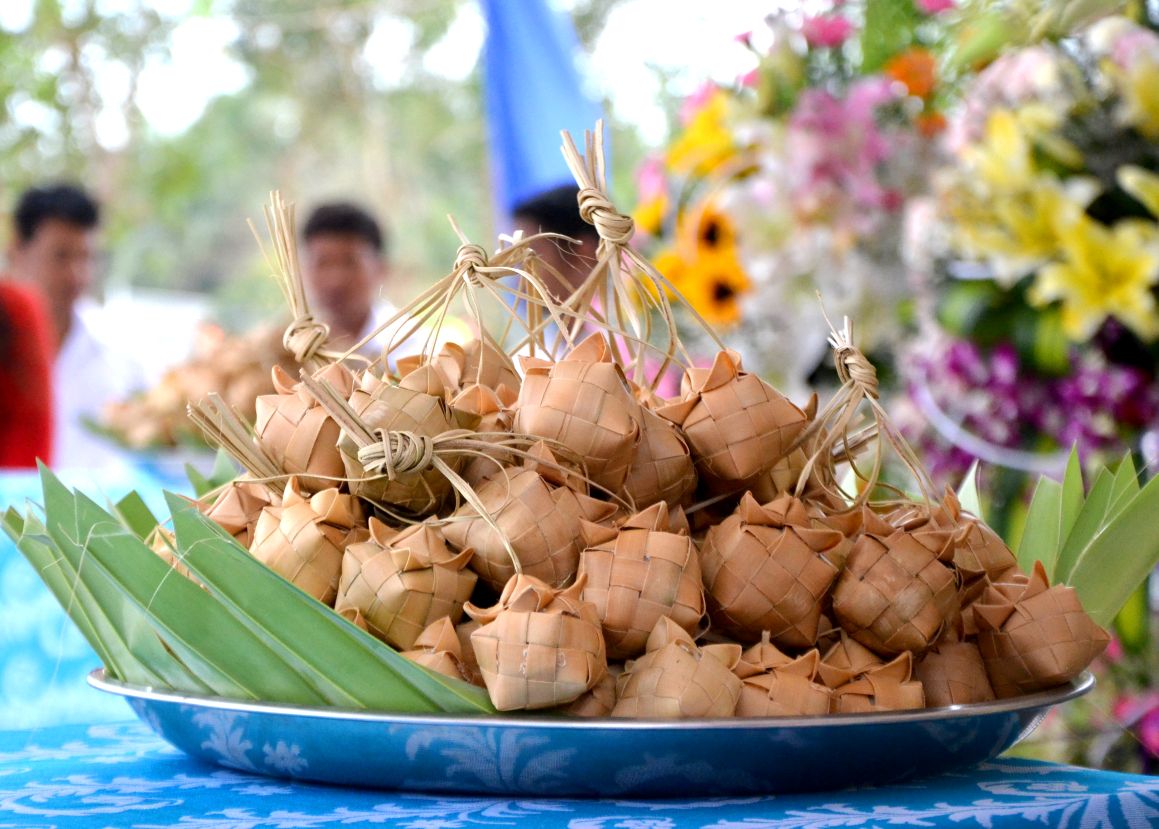
Ca tum is a long-standing traditional cake of the Khmer people in the Bay Nui region (Tri Ton district, Tinh Bien town). Made with the main ingredients of sticky rice, white beans, grated coconut, sugar, salt, carefully prepared and balanced in quantity... Ca tum cake is related to the Tet cake of the Kinh people in the South and the Chung cake of the North. However, this is probably the smallest cake in the family of sticky rice cakes wrapped in leaves. However, contrary to its modest size, Ca tum cake contains a deep attraction and meaning that is not "inferior to sisters, inferior to brothers".
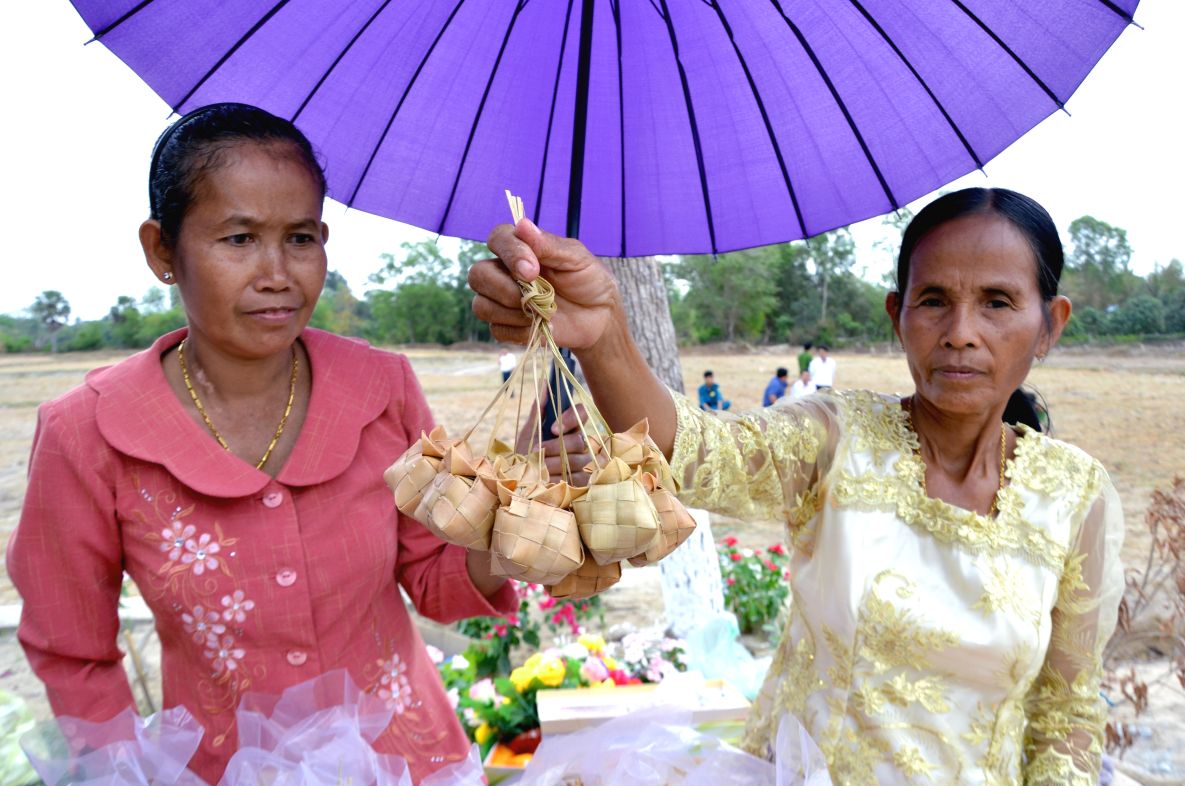
In Khmer, Ca tum means pomegranate, symbolizing fullness and prosperity. Therefore, the cake is like a good wish, peace from the heart of the craftsman sent to the enjoyer... More special is that Ca tum cake has an extremely attractive appearance. Many people also compare Ca tum cake to the ability to make everyone who has seen it remember. Because this is the result of a meticulous chain. Ms. Neang Phuong (O Lam commune, Tri Ton district), who has been attached to this cake for nearly half a century, shared: The first feat is the step of choosing the ingredients for wrapping.
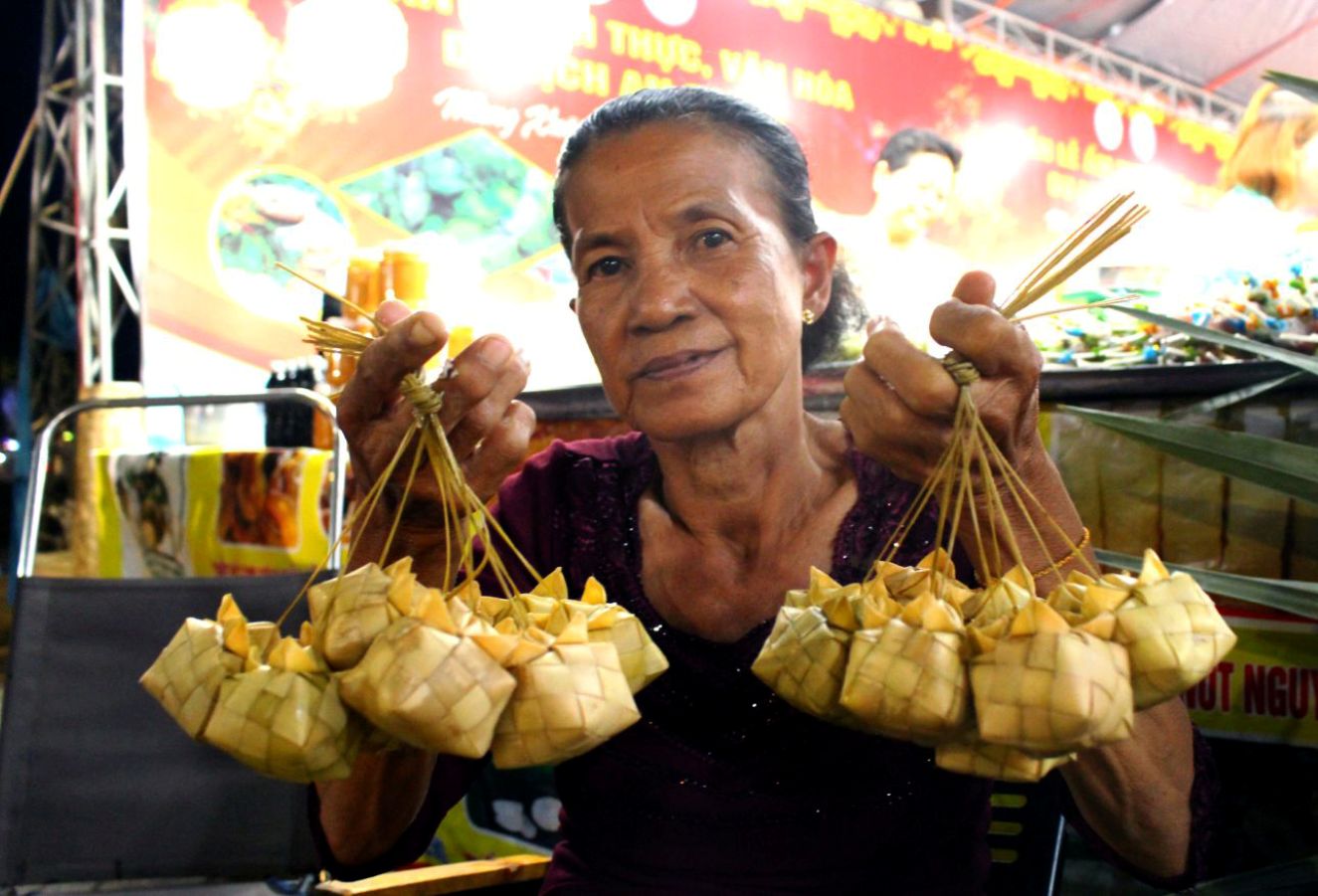
If banh tet is associated with banana leaves, banh chung is like a “shadow” with dong leaves… then banh ca tum only brings out its full beauty and deliciousness when wrapped in palmyra palm leaves, a typical tree in arid lands and has become a spiritual symbol for the Khmer people like the coconut tree for the Kinh people. Young palmyra palm leaves must be selected at the right stage so that when cooked, they will turn a pure white color mixed with a bit of golden yellow like pouring honey…
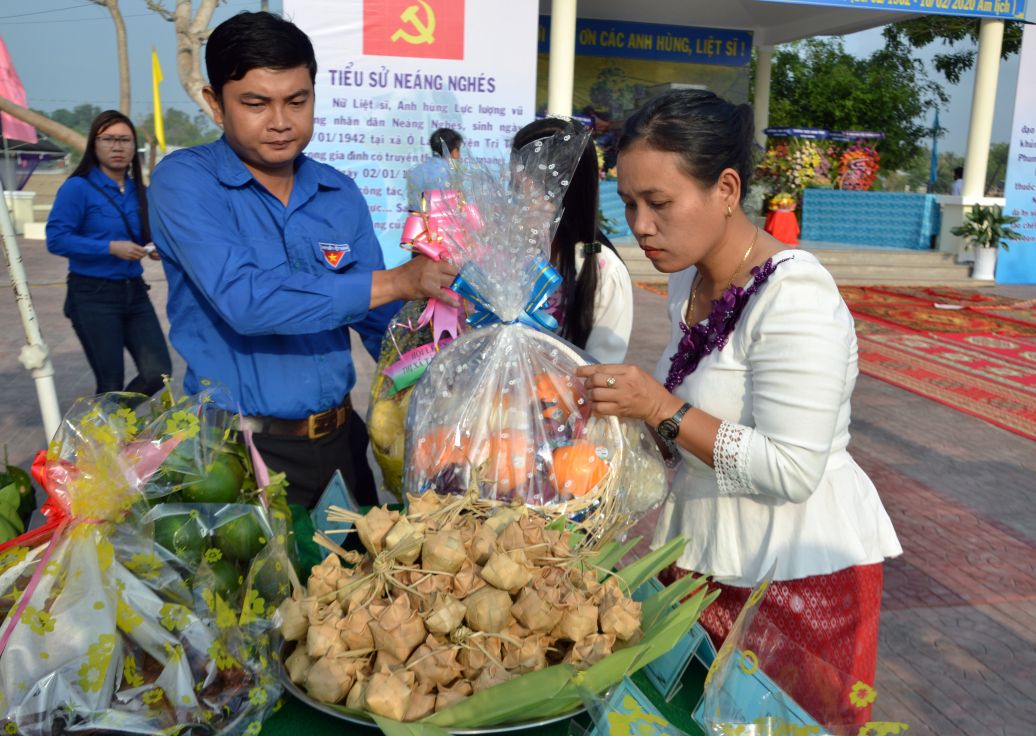
And especially, the leaves must be picked fresh every day to ensure enough softness and flexibility for weaving and wrapping, which requires a lot of effort from skillful hands. After each leaf is cut into small pieces and cleaned, it will be hand-woven by the craftsman into a cake frame with square edges and tight joints. After weaving 5 sides, the craftsman carefully leaves a small hole on top to put the cake filling inside before pouring flowers on top. The finished product is neatly trimmed, connected by a long string from the top of the flower, looking like a small, pretty lantern.
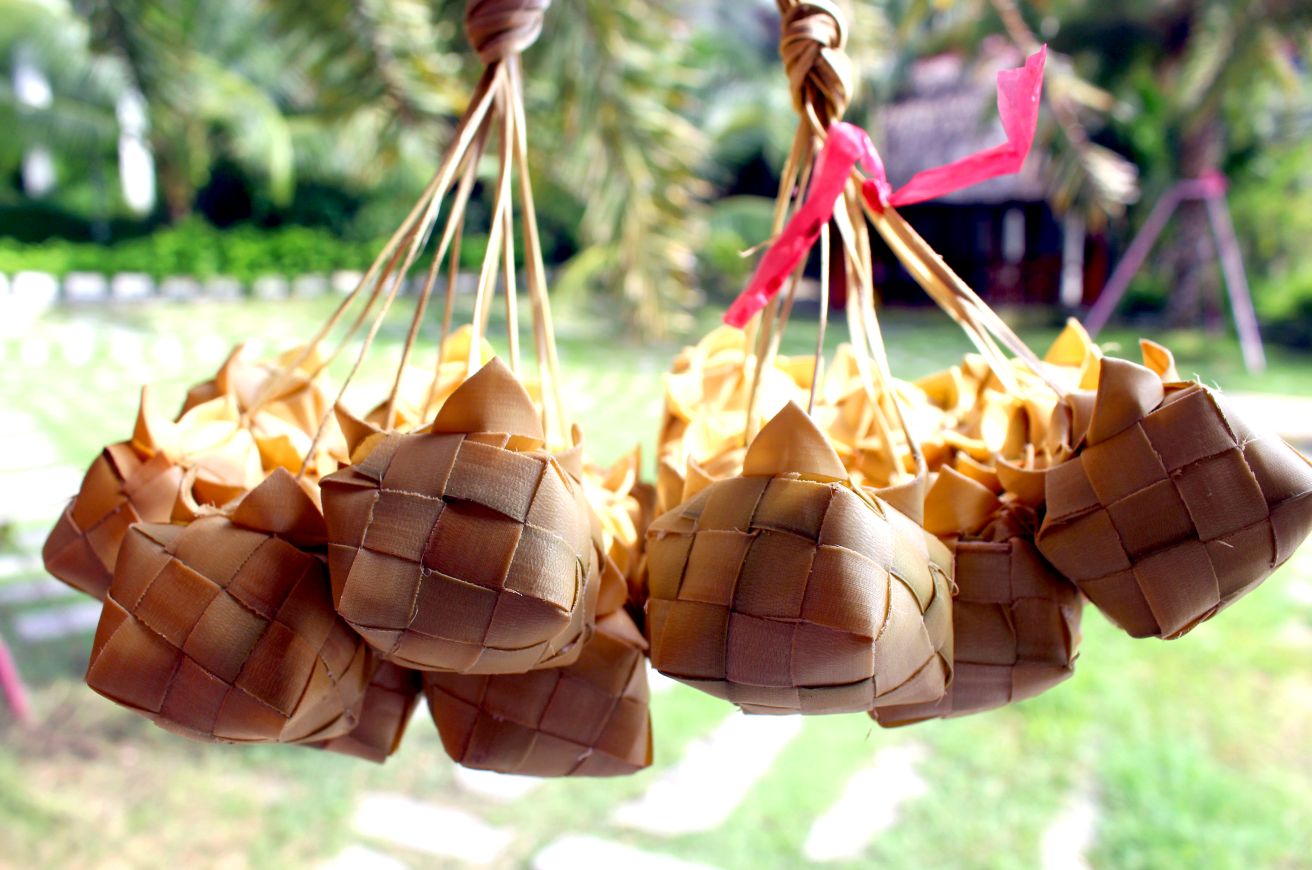
Because of this uniqueness, Ca tum cake has quickly spread beyond the scope of phum and soc to the community. From being made only as an offering on traditional holidays and Tet of the Khmer people, Ca tum cake has received much support to be produced as a gift to serve widely, popularly and gradually become an indispensable gift for relatives in the family of tourists coming to the land of Bay Nui.









